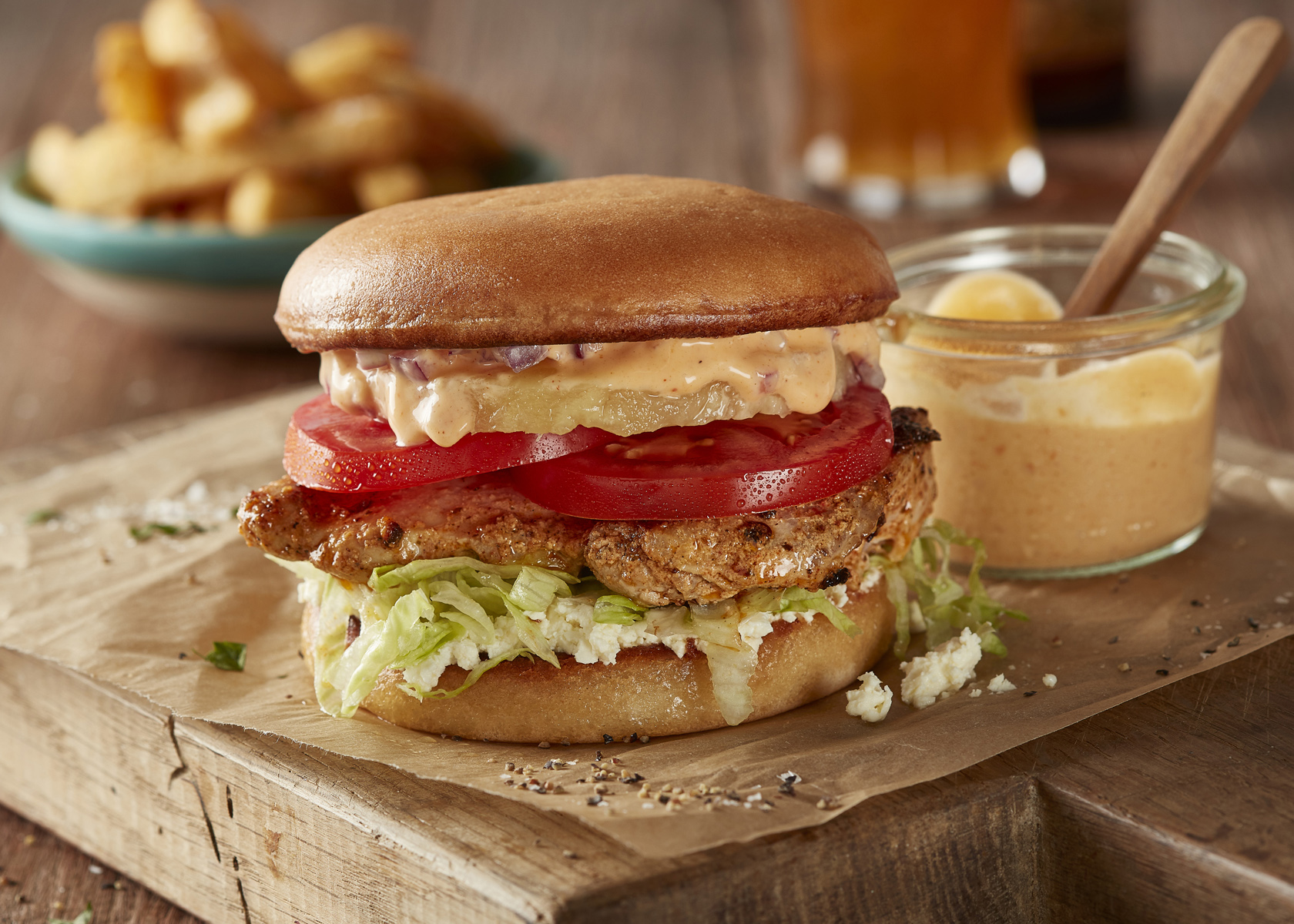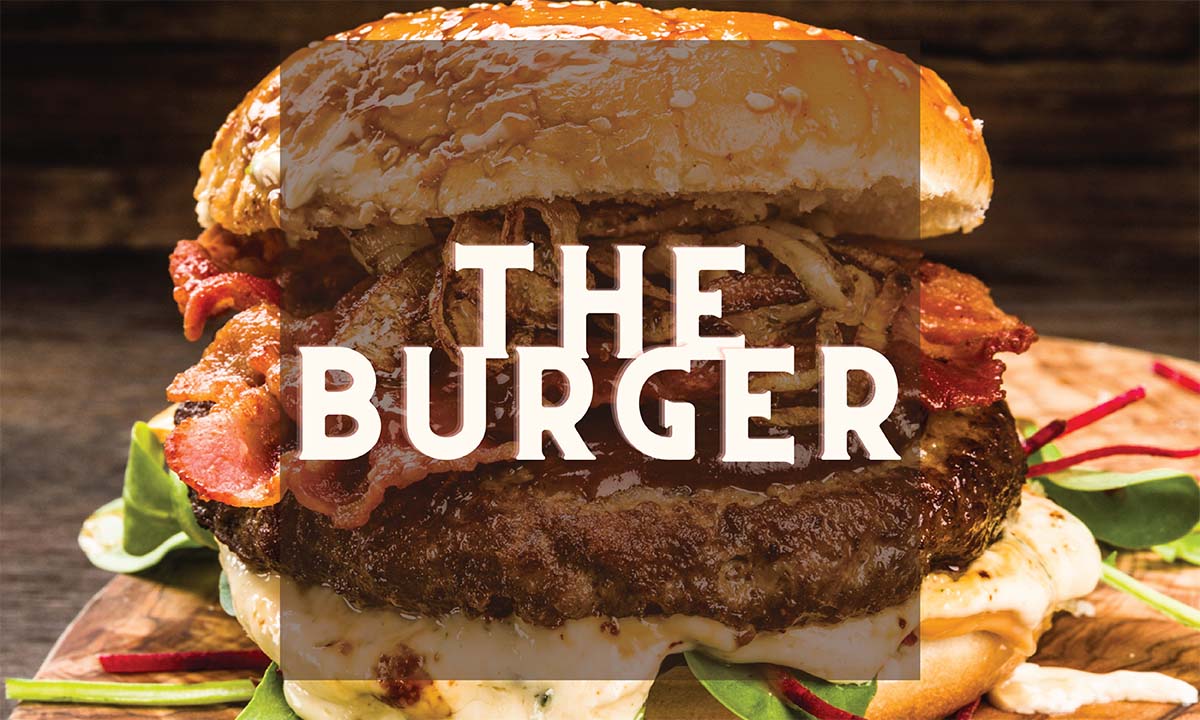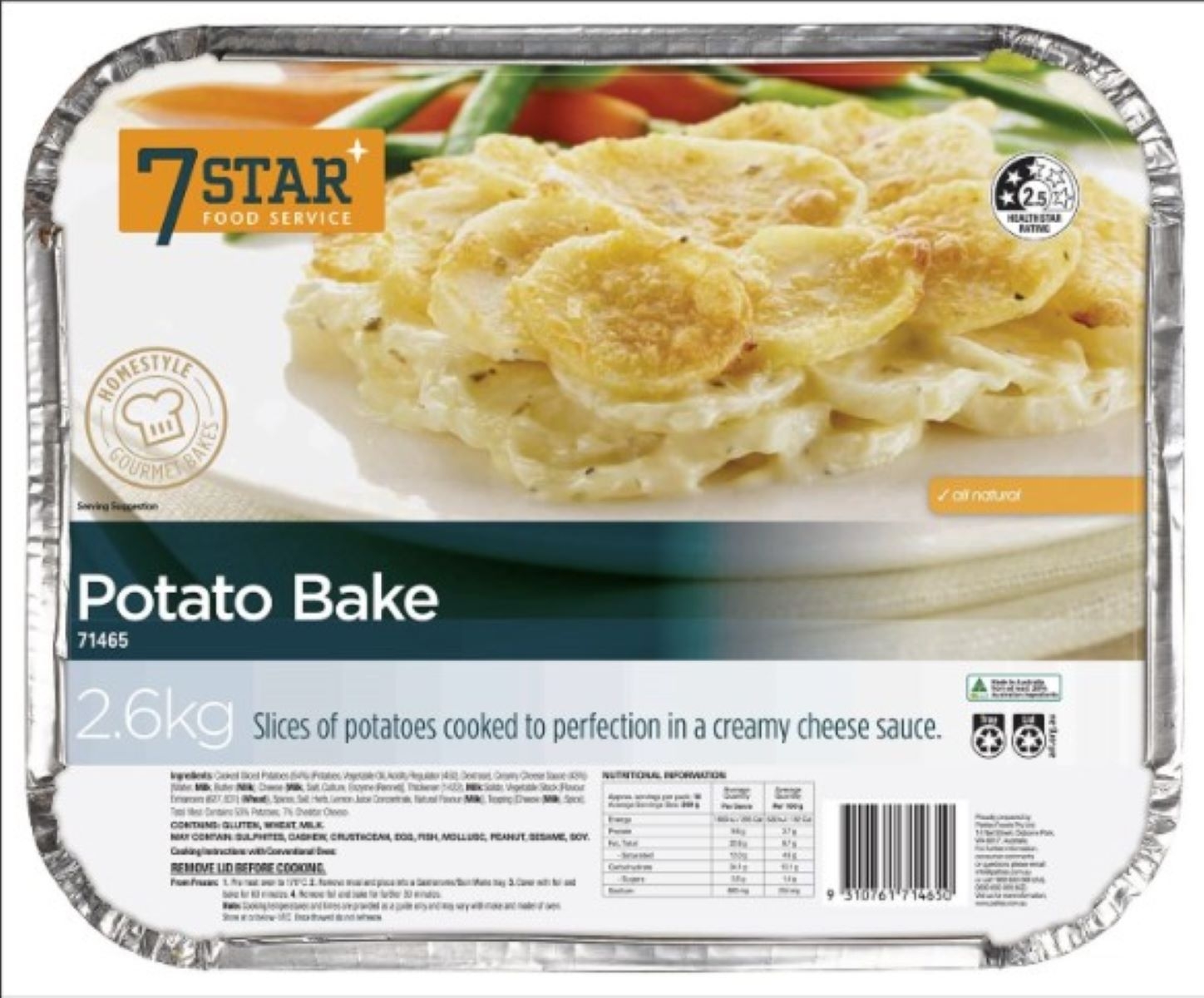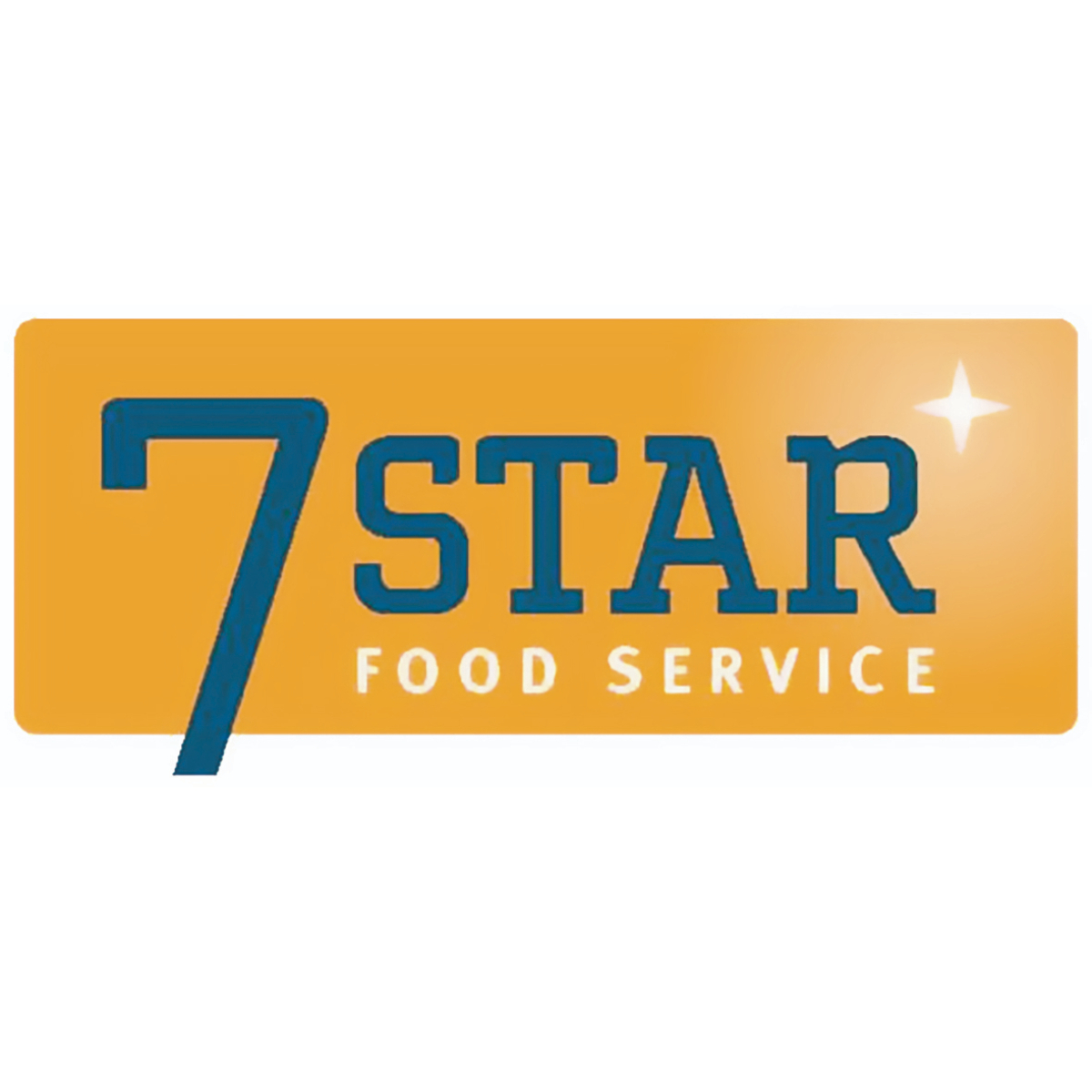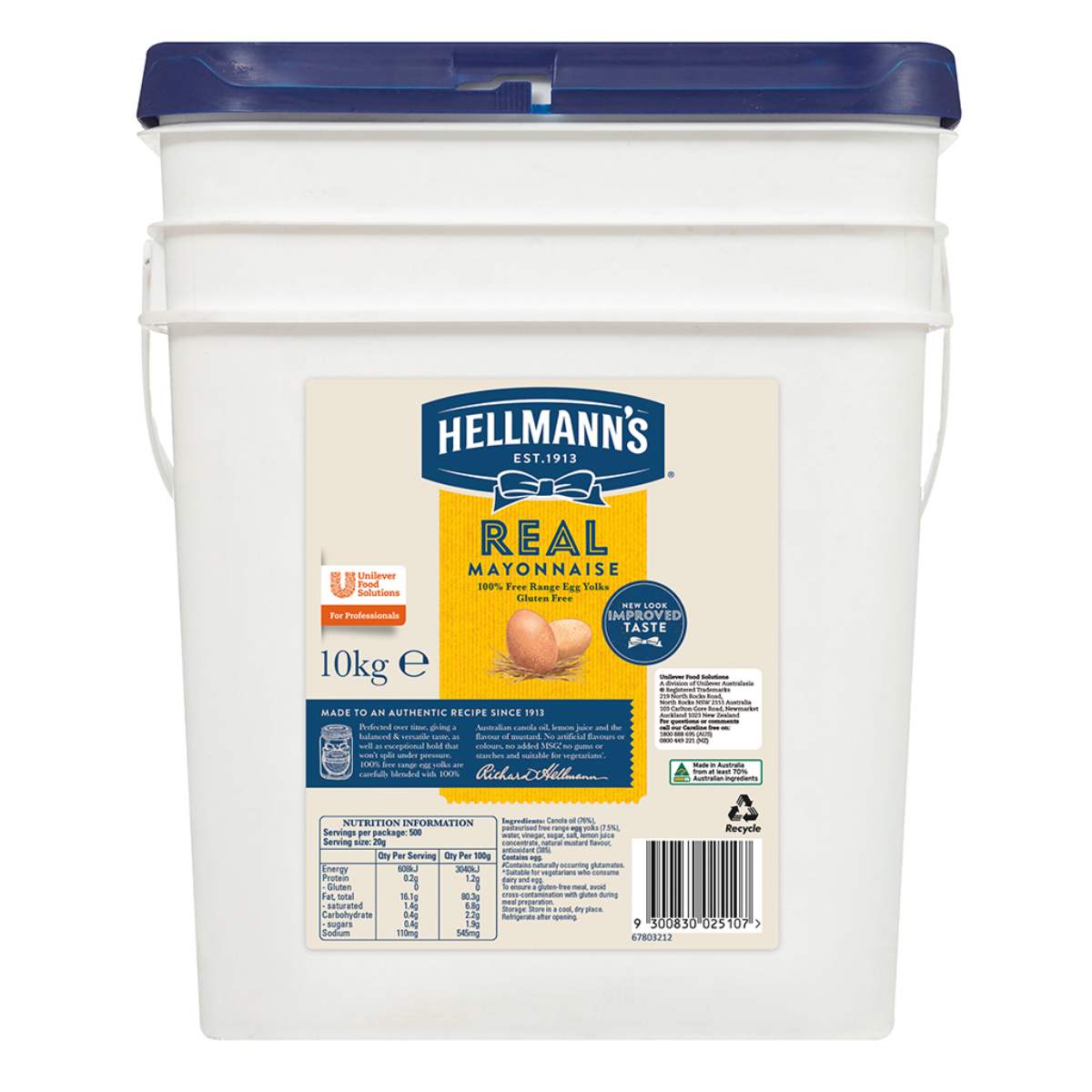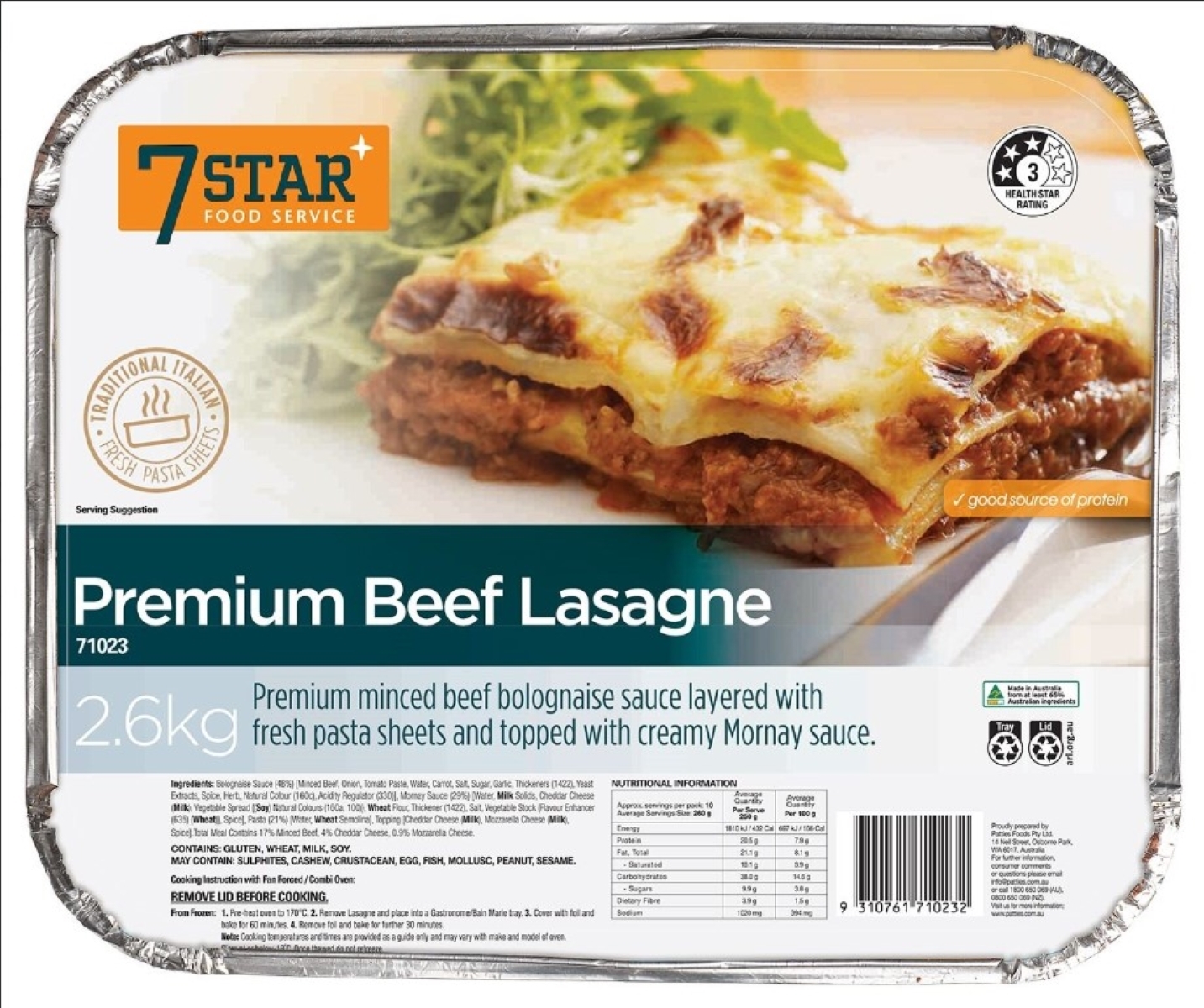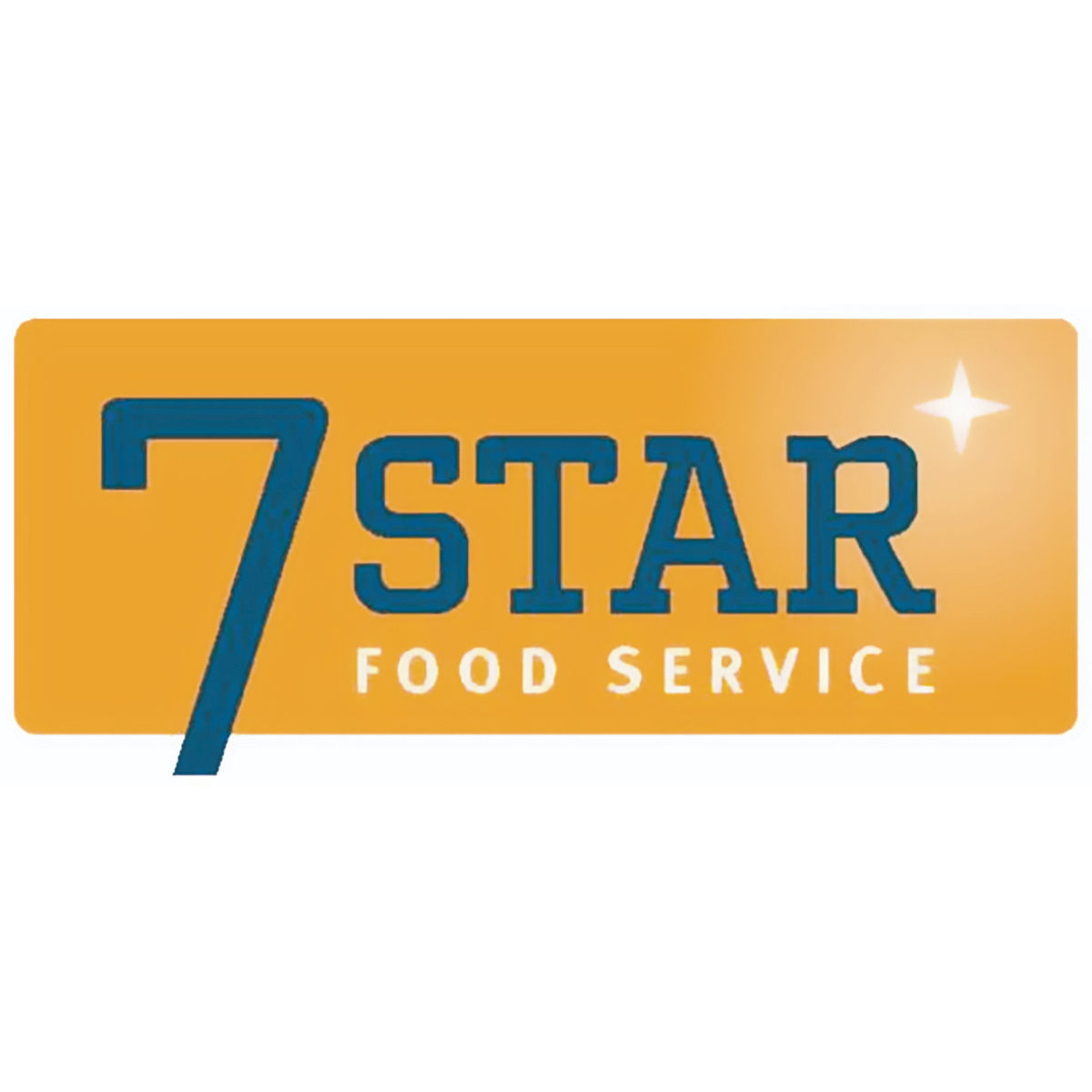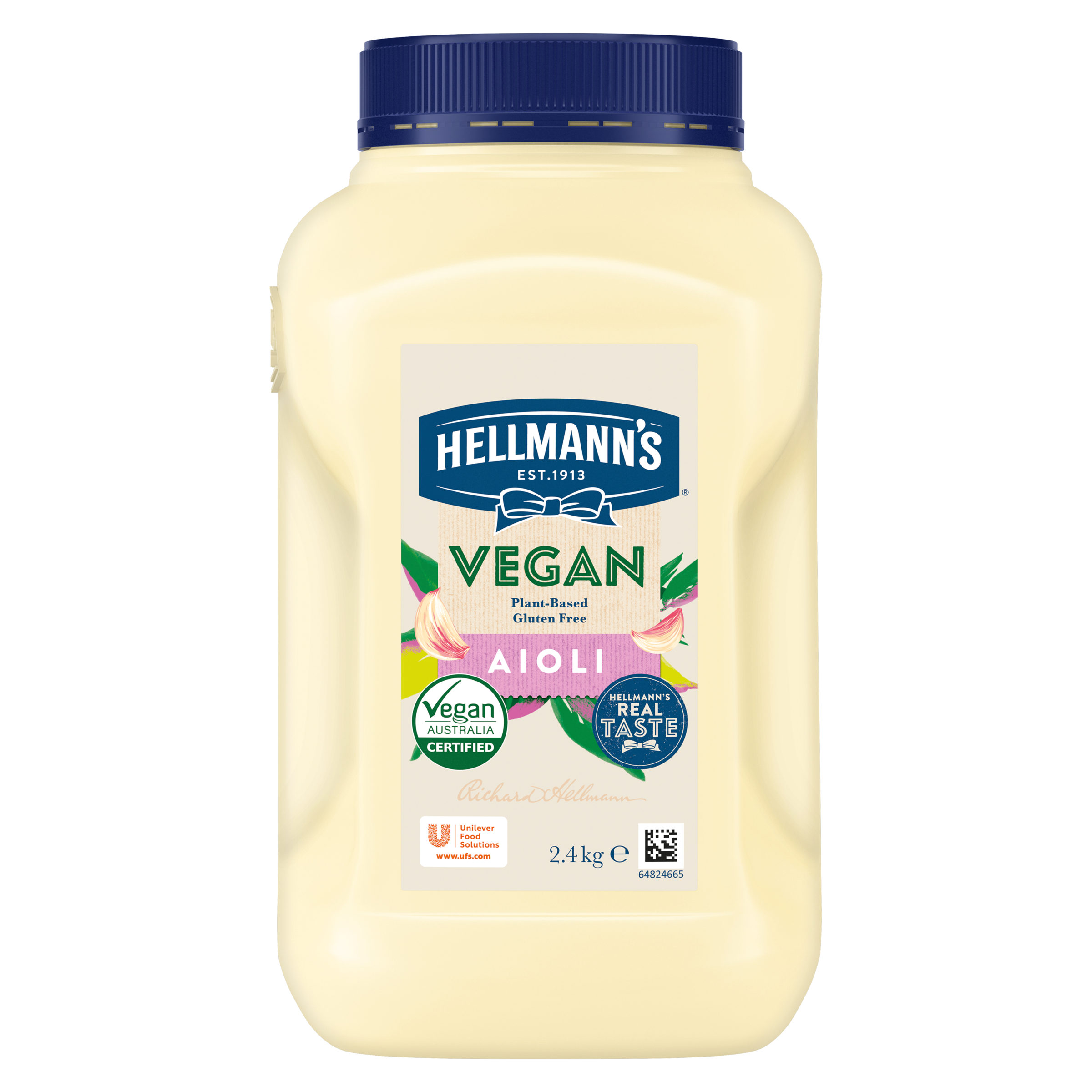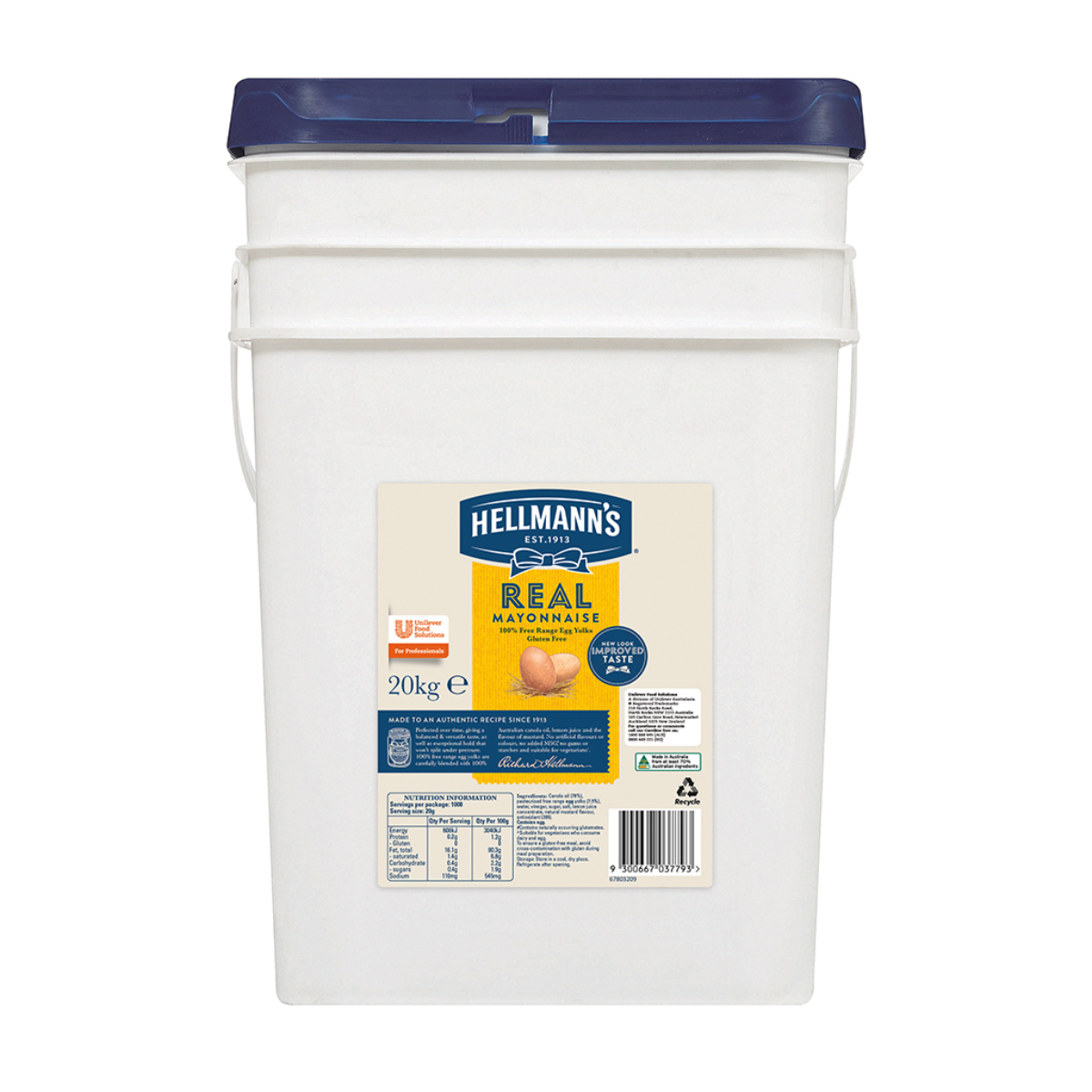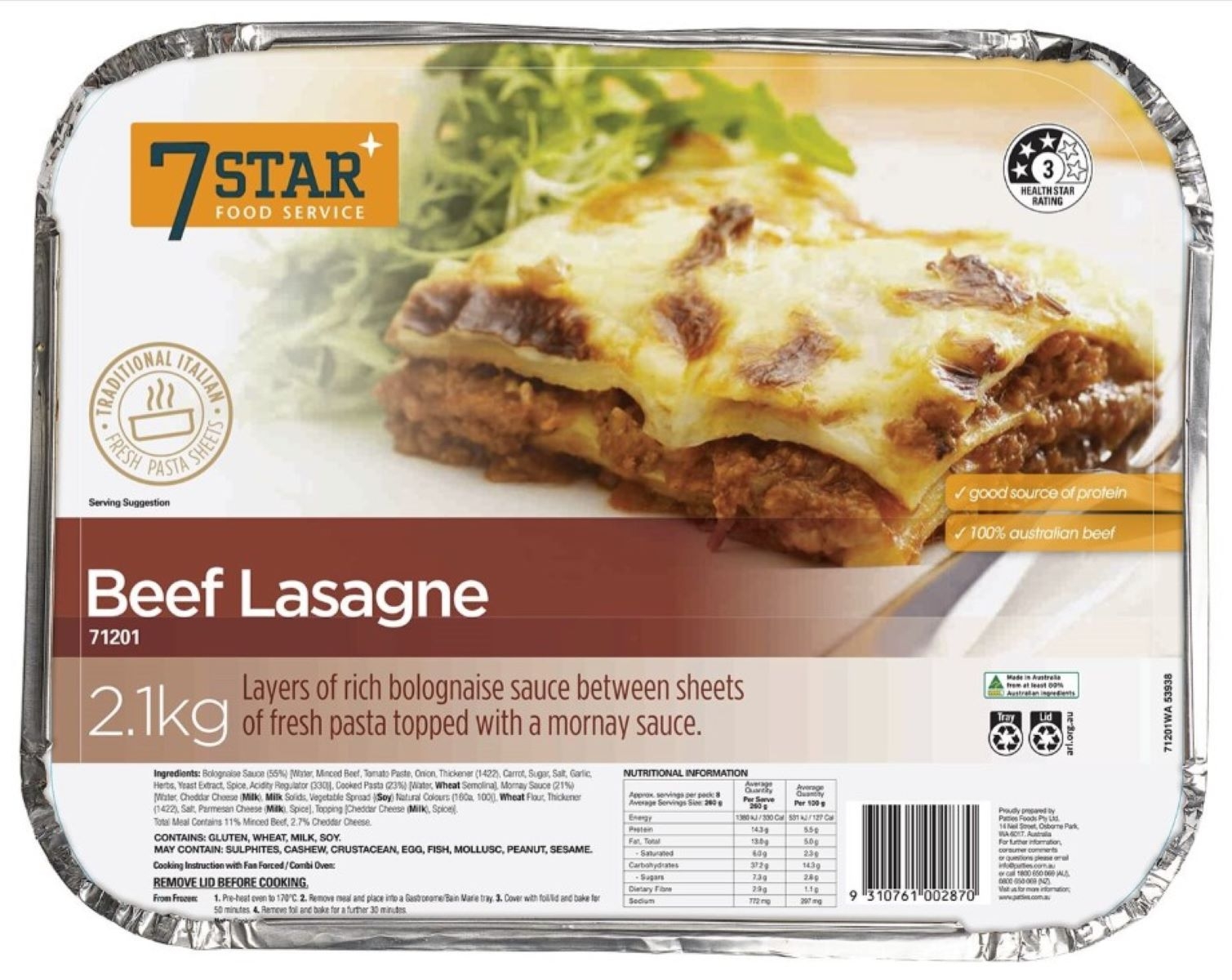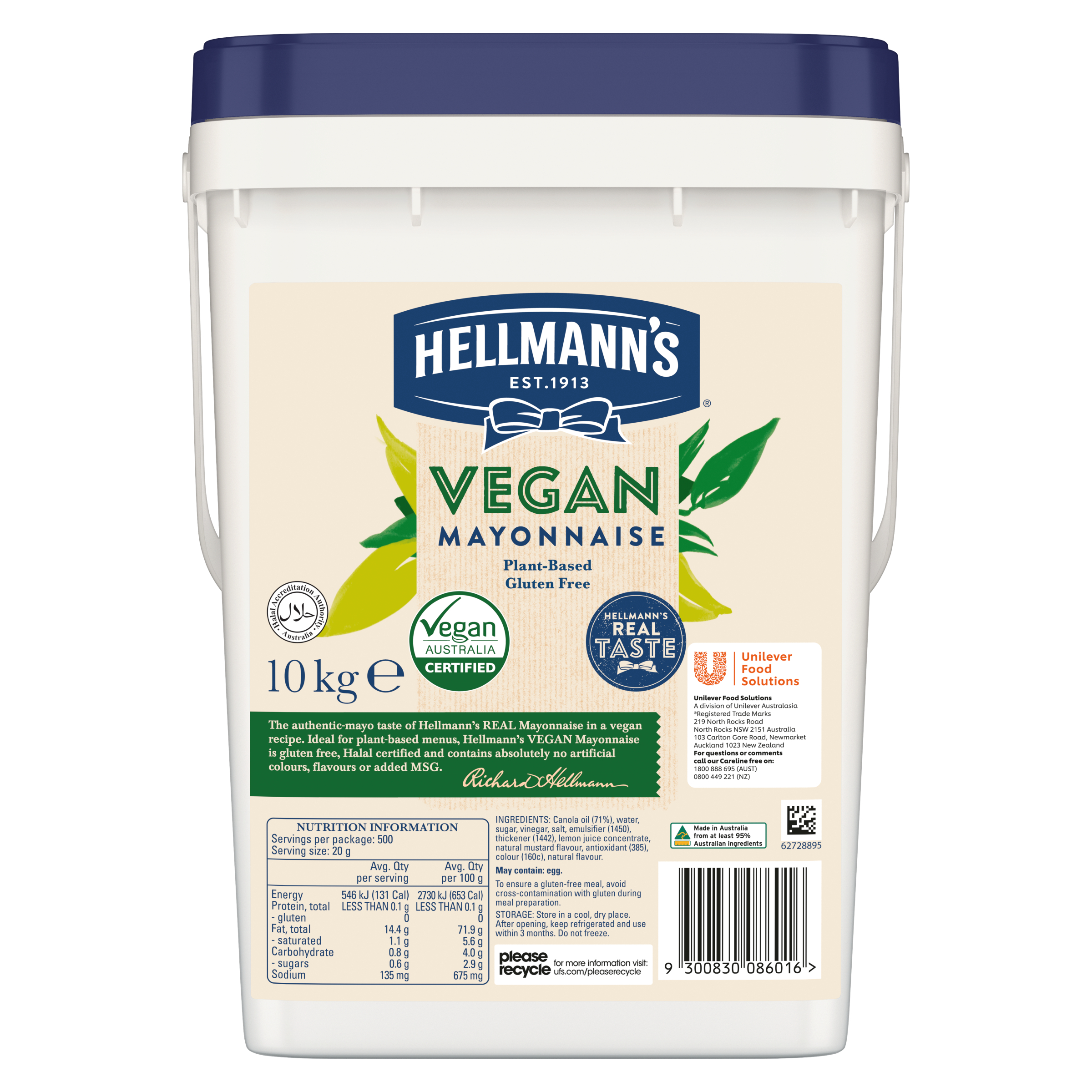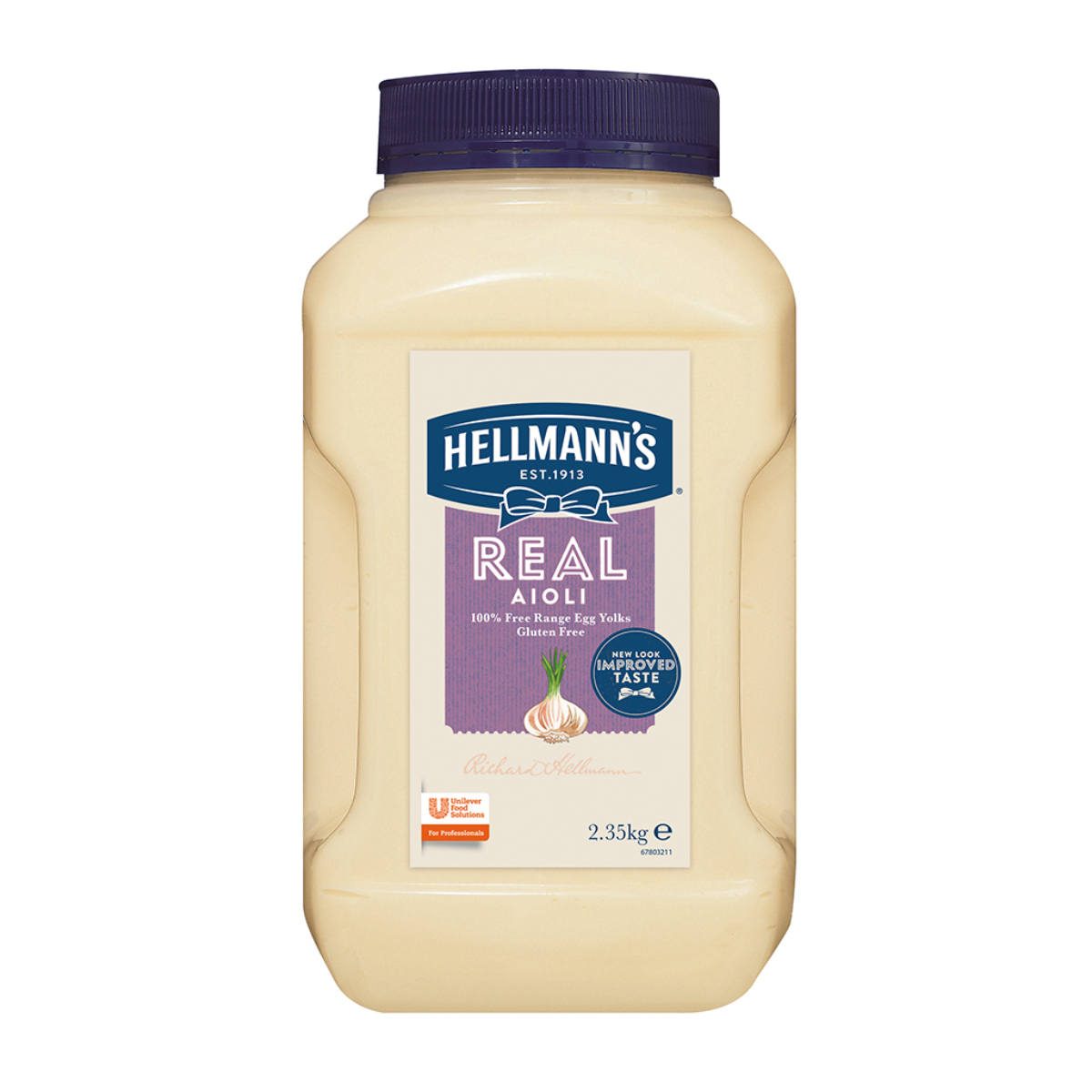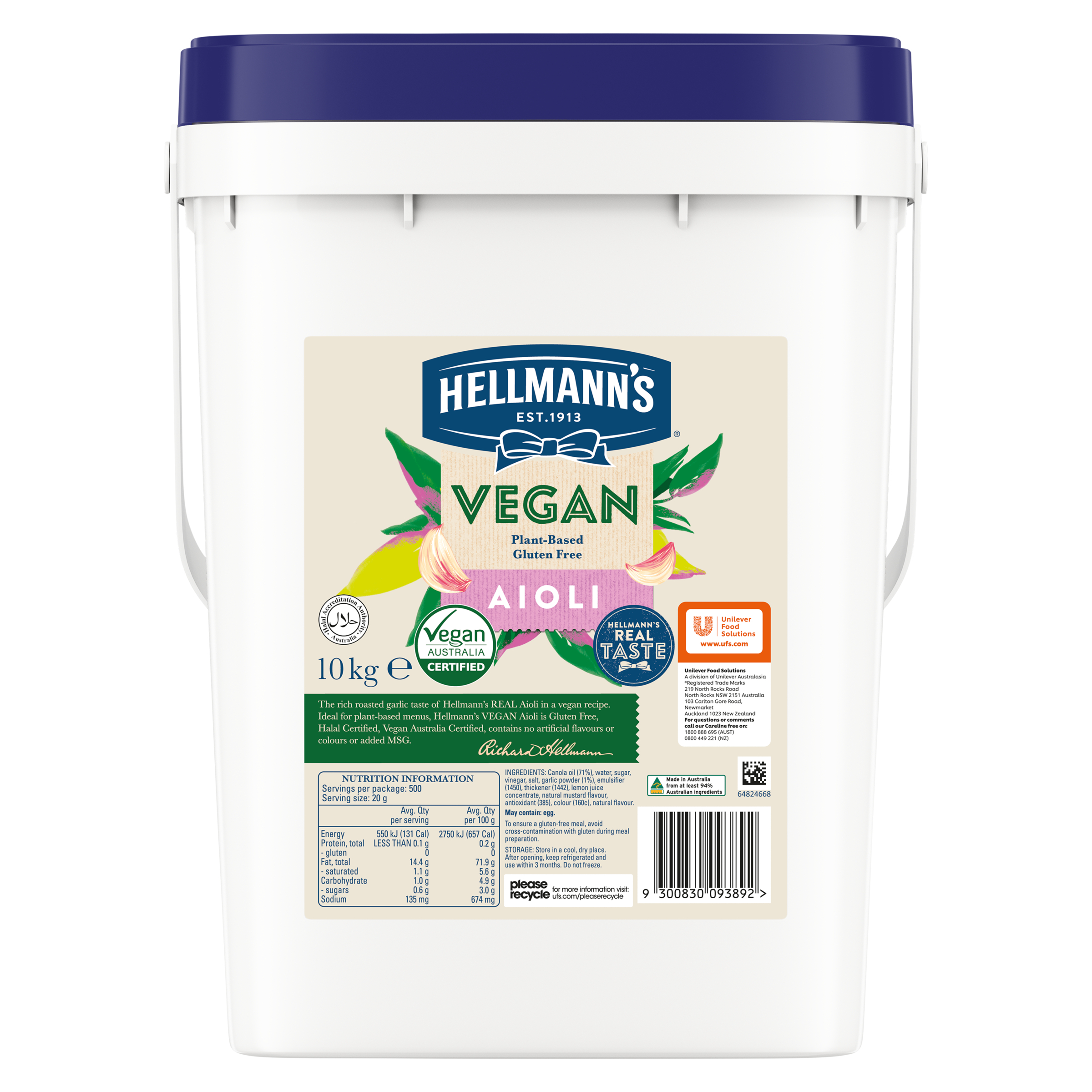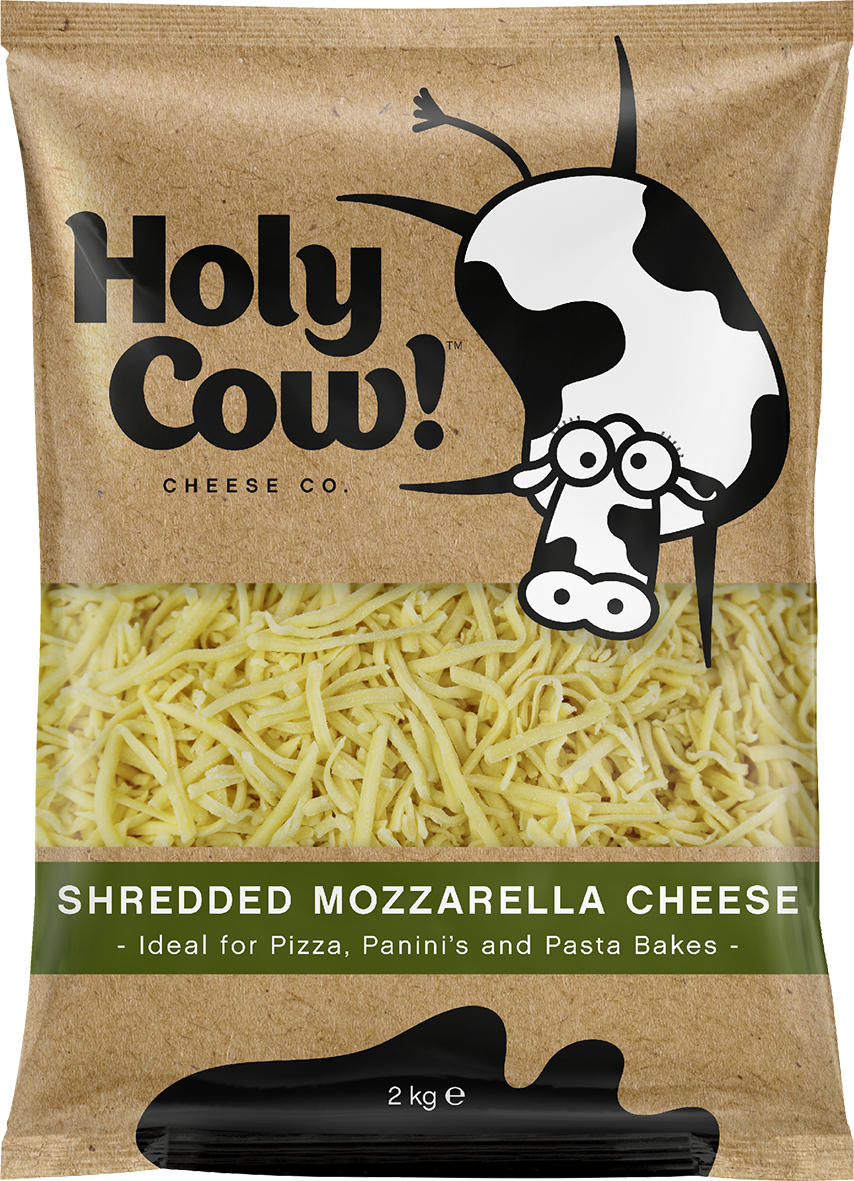Whilst we are taught to believe that fresh produce is more nutritious than frozen, that is not always the case. Food is most nutritious at the point of harvest so depending on how long it takes to consume fresh produce, frozen products may retain more nutritional value as it pauses the process of oxidisation.
Frozen and fresh are comparable when it comes to nutrition. The time it takes for fresh produce to be harvested, packed, graded, shipped and used in food production is far longer than the time taken to harvest, process and freeze produce.
Speed is important in the frozen food industry to ensure minimal change to taste, texture and shelf life. Frozen produce is usually less expensive than fresh and offers restaurants and cafés the option to use out of season foods whilst producing less wastage. Frozen fruits and vegetables are great options to use for smoothies and soups, or where they will be blended or cooked down as freezing changes the produce to a softer texture.
When it comes to seafood, a percentage of fish are now frozen just minutes after being caught using flash freezing which helps to maintain the texture and flavour. If the fish you are choosing is not local or in season, frozen is your best option.
There are many good reasons to buy frozen fish, including taste, convenience and price. Fish is frozen at its peak freshness, the flavour, nutrition and texture are locked in making it difficult to distinguish what is fresh and what is frozen.
In general, focusing on a mix of fresh and frozen can give you all the advantages of each, including convenience, affordability, and nutrition. Each business has different requirements so weighing up what works best for your business model is crucial.
Talk to your local Distributor today about your requirements and to find out what stock they have to suit the needs of your foodservice outlet.




